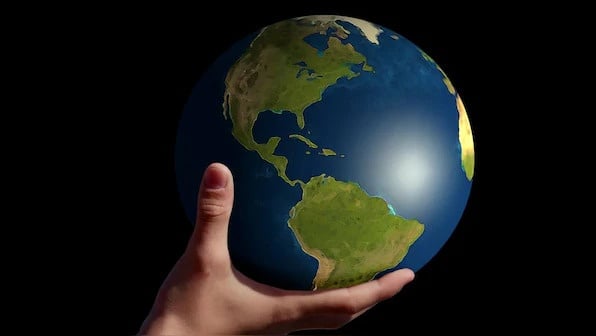 |
The Earth began to rotate faster since 1972. Photo: Pixabay . |
The Earth is spinning faster this summer. July 10 was the shortest day of the year so far, falling short of 24 hours by 1.36 milliseconds, according to data from the International Earth Rotation and Reference Systems Service (IERS) and the U.S. Naval Observatory.
Other exceptionally short days that will follow are July 22 and August 5, which are predicted to be 1.34 and 1.25 milliseconds shorter than 24 hours, respectively. Scientists believe this phenomenon will have serious long-term consequences, and are spending a lot of time researching it.
The impact of shorter days
The length of a day is measured by the time it takes the Earth to complete one rotation on its axis, which averages 24 hours or 86,400 seconds. However, in reality, each rotation varies slightly due to factors such as the gravitational pull of the Moon, seasonal changes in the atmosphere, and the influence of the Earth's liquid core.
The difference is only a few milliseconds, which does not affect daily life. But over time, this can add up and affect computers, satellites and telecommunications. That is why even the smallest time differences have been monitored by atomic clocks since 1955.
July 5, 2024, will be the shortest day on Earth since atomic clocks were invented 65 years ago, falling 1.66 milliseconds short of 24 hours. Some experts believe this could lead to a scenario similar to the Y2K bug that threatened to cripple modern civilization.
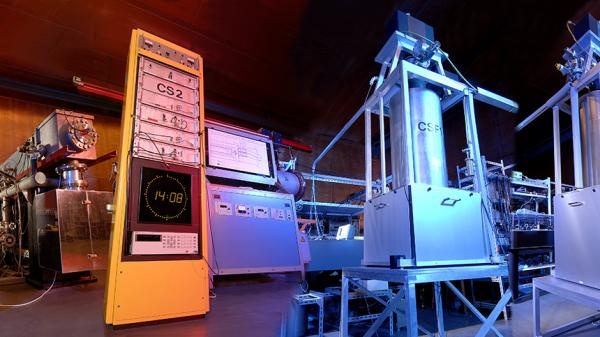 |
An atomic clock in Braunschweig, Germany. Photo: Timeanddate. |
“We’ve seen a trend of shorter days since 1972,” said Duncan Agnew, professor emeritus of geophysics at the Scripps Institution of Oceanography . Before 1972, Earth rotated relatively slowly, prompting IERS to add a “leap second” to UTC (universal time).
Since 1972, a total of 27 leap seconds have been added to UTC, but the rate of addition has slowed as the Earth rotates faster. IERS has not added a leap second since 2016.
In 2022, the General Conference of Weights and Measures (CGPM) voted to eliminate the leap second by 2035, meaning we may never see another leap second again. However, if the Earth continues to spin faster in the next few years, Agnew says there’s a 40% chance that a second will need to be removed from UTC for the first time.
Why is the Earth spinning faster?
The most short-term changes come mainly from the moon and tides, Mr. Agnew said. The Earth rotates more slowly when the moon is at the equator and more quickly when the moon is at higher or lower latitudes.
In the summer, the Earth naturally spins faster, as the atmosphere slows down due to seasonal changes. According to the physical laws of total angular momentum, as the atmosphere slows, the Earth spins faster to compensate. Likewise, over the past 50 years, the Earth’s liquid core has also slowed down, causing the solid outer Earth to spin faster.
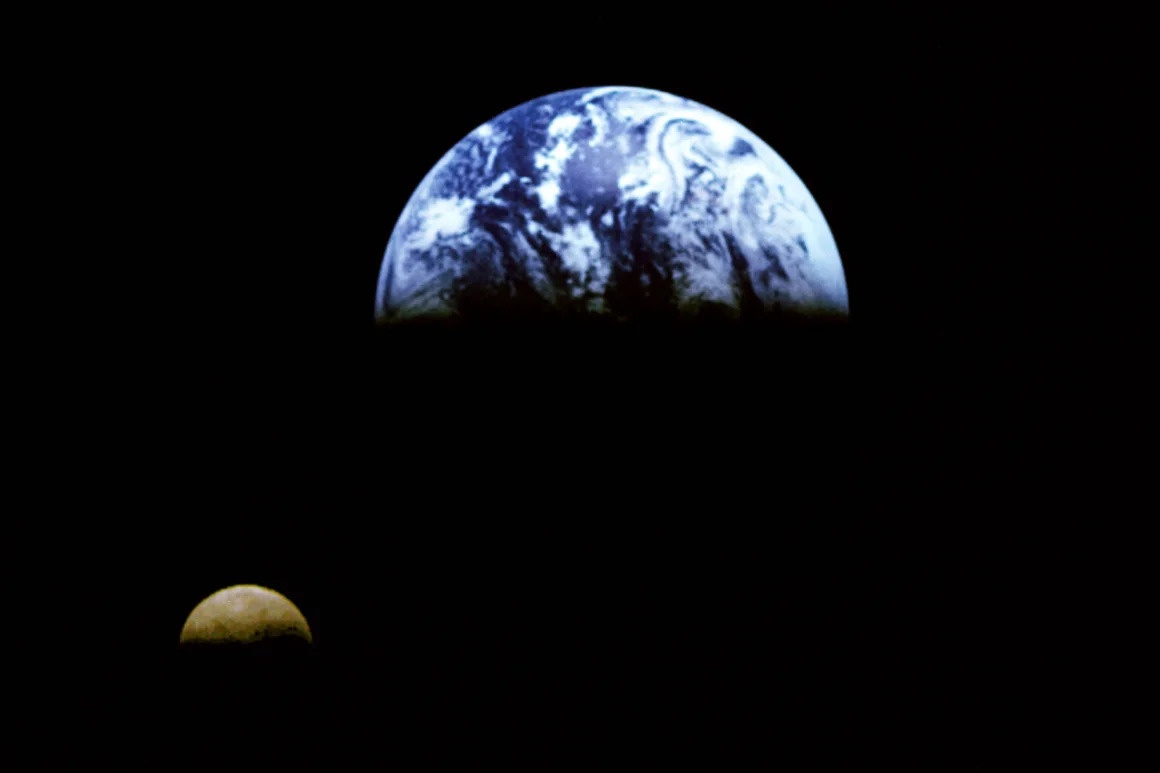 |
The Moon and tides are two reasons why the Earth rotates faster. Photo: NASA. |
Meanwhile, climate change is contributing to the slowdown of Earth’s rotation. A study published last year by Agnew found that the melting ice in Antarctica and Greenland is like an ice skater spinning with their arms raised, but slowing down if they lower their arms to their sides. The same is happening with Earth’s rotation.
However, in the long term, if the greenhouse effect continues to increase, its influence will become stronger than that of the Moon, according to research from the Swiss Federal Institute of Technology. This will make the length of days in each region, as well as satellites, GPS, difficult to control.
Judah Levine, a physicist at the US National Institute of Standards and Technology (NIST), raised concerns about the possibility of a negative leap second. This hypothesis was previously only included in the standard for completeness. Everyone thought that adding a positive leap second would be enough.
Even with the positive leap second, many problems remain after 50 years. “To this day, some computer systems and telecommunications networks still use the wrong number of seconds, despite repeated attempts to implement positive leap seconds,” Levine said, adding that the concern will be compounded when the leap second becomes negative.
Source: https://znews.vn/he-qua-khi-trai-dat-quay-nhanh-hon-post1570854.html


![[Photo] Keep your warehouse safe in all situations](https://vphoto.vietnam.vn/thumb/1200x675/vietnam/resource/IMAGE/2025/10/1/3eb4eceafe68497989865e7faa4e4d0e)
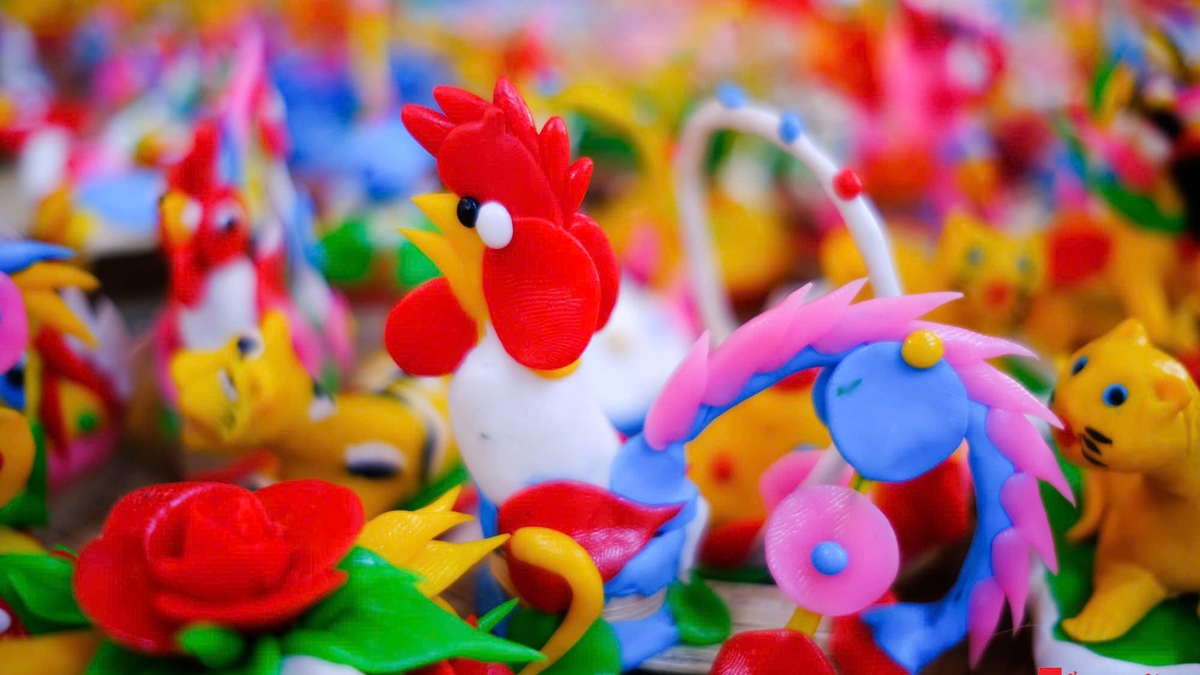
![[Photo] Hanoi morning of October 1: Prolonged flooding, people wade to work](https://vphoto.vietnam.vn/thumb/1200x675/vietnam/resource/IMAGE/2025/10/1/189be28938e3493fa26b2938efa2059e)


![[Photo] President of the Cuban National Assembly visits President Ho Chi Minh's Mausoleum](https://vphoto.vietnam.vn/thumb/1200x675/vietnam/resource/IMAGE/2025/10/1/39f1142310fc4dae9e3de4fcc9ac2ed0)












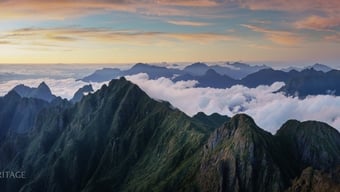




































































Comment (0)